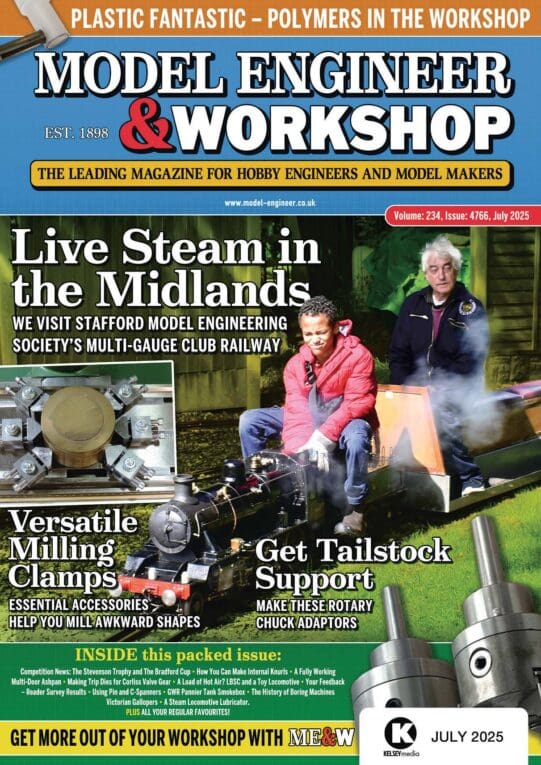Fly cutters
Fly cutters
- This topic has 25 replies, 13 voices, and was last updated 4 July 2015 at 08:23 by
Alan Rawlins.
- Please log in to reply to this topic. Registering is free and easy using the links on the menu at the top of this page.
Latest Replies
Viewing 25 topics - 1 through 25 (of 25 total)
-
- Topic
- Voices
- Last Post
Viewing 25 topics - 1 through 25 (of 25 total)
Latest Issue
Newsletter Sign-up
Latest Replies
- IME Watchmakers lathe
- New member looking for help
- Request for a Slot to be Milled in a Shaft
- M type top slide conversion??
- Twin Engineering’s heavy mill/drill quill removal
- Bearing boxes for ball race
- All things Beaver Mill
- 2 Machine lights
- Firth Valve Gear
- Wiring up a single phase AC motor with 4 wires






